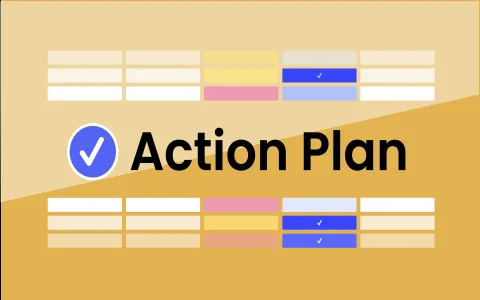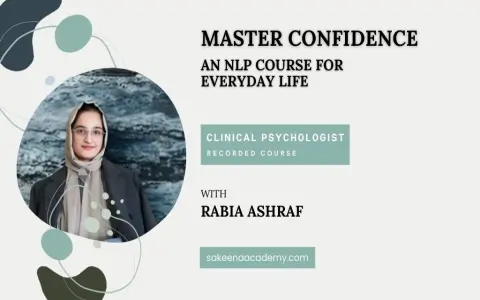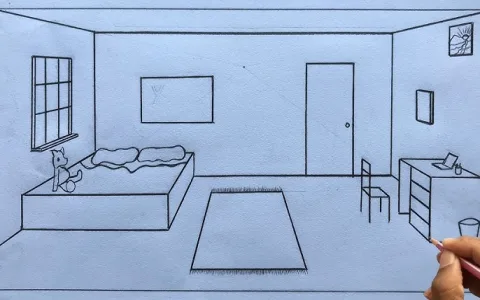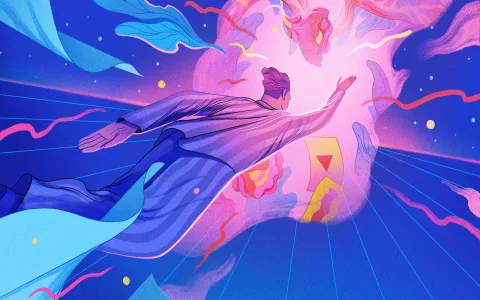Look, I’m not some guru burning sage or anything, but let me tell you straight up, I got forced into this whole ‘moon and dreams’ tracking thing because my brain was actively trying to ruin my life. Seriously. For about six months straight, I was having these ridiculously vivid, high-stakes emotional nightmares. I’d wake up convinced I had forgotten to pay a huge bill or that I’d offended my boss, only for the cold light of day to show everything was fine.
I realized I was making real-world decisions based on residual anxiety from dream logic. My wife finally looked at me one morning when I was trying to argue with her about a conversation that literally only happened in my sleep, and she just said, “You need to figure out what is screwing up your head, man.”
Setting up the Stupid System
I tried all the standard stuff first. Stopped coffee after noon. Read all the sleep hygiene articles—useless. The dreams kept coming, especially when I was under tight deadlines. So, I figured, if the problem is data input, the solution is more data output. I needed to isolate the variables. I decided to start a dedicated log. Not a pretty journal, just a cheap spiral notebook from the grocery store. I started logging three things, every single morning, before checking my phone:
- The dream narrative (as much as I could scribble down).
- My immediate emotional state (Scale 1-10: Anxiety, Clarity, Anger).
- The current lunar phase. I didn’t even use a fancy app; I just wrote down if the moon was big, small, or invisible. Simple as that.
The first few weeks were a disaster. I was trying to log too much, and the effort of writing down the confusing plots of my dreams just made me late for work. I simplified the process. I didn’t care about the plot anymore. I only cared about the feeling and the main object or action that triggered that feeling. For example: “Felt overwhelming dread because I was trying to build a complex shelf without instructions.”
The New Moon Deep Dive
I tracked this mess for about three months. The data was noisy, but one thing immediately jumped out at me: the day or two leading up to, and including, the official New Moon phase. This is when things went completely sideways, often in two distinct ways.
I had always assumed the full moon was the crazy time, right? Wrong. For me, the Full Moon meant high energy, busy dreams, but usually actionable themes. The New Moon, though? That was the void. That was the truly dark stuff, the emotional garbage dump.
I categorized these New Moon dreams into two buckets:
Bucket 1: The Obligation Overload. These were dreams where I had huge, existential tasks I couldn’t complete. I was always driving a car with broken brakes, or I was trying to communicate in a language I didn’t know. The emotional core was failure and shame. I realized these dreams weren’t predicting failure; they were showing me which real-life commitments I was secretly resentful about. The New Moon seemed to turn off the logical filter and just let the raw, deep-seated resentment bubble up.
Bucket 2: The Silent Threat. Sometimes, the dream was almost nothing. Just silence. Blackness. But the emotional score would be Anxiety 9/10. I concluded that during these periods, my subconscious wasn’t bothering to render a story; it was just sitting there, screaming quietly about the deepest internal conflicts I was ignoring. No narrative needed—just raw terror about my personal status quo.
What I Actually Did With the Data
The point of all this wasn’t to become a lunar wizard. It was to shut my brain up so I could function. I started using the New Moon phase as a practical diagnostic tool. I identified that if I had an Obligation Overload dream, I needed to review my commitments the next day and start pruning the unnecessary ones. If I had a Silent Threat dream, I needed to spend an hour in actual silence and just ask myself what was genuinely scaring me about my path.
It sounds simple, but the tracking process itself was the mechanism. By forcing myself to write down the emotional state and then look at the moon, I was creating a buffer between the dream panic and my waking life. I moved the emotional interpretation from “Oh god, what does this mean?” to “Ah, it’s the New Moon again, time to check my commitment levels.”
The truth is, whether the New Moon is actually pulling on my deepest thoughts is beside the point. What matters is that I developed a rough-and-ready system that turns terrifying chaos into a schedule. Now, when I hit that low-light lunar cycle, I don’t dread the dreams. I just grab the notebook and prepare to break down exactly which parts of my life I need to drop, fix, or finally shut up about. It’s practical self-therapy disguised as pseudo-astrology, and honestly, it works better than any high-end journaling app I ever paid for.












